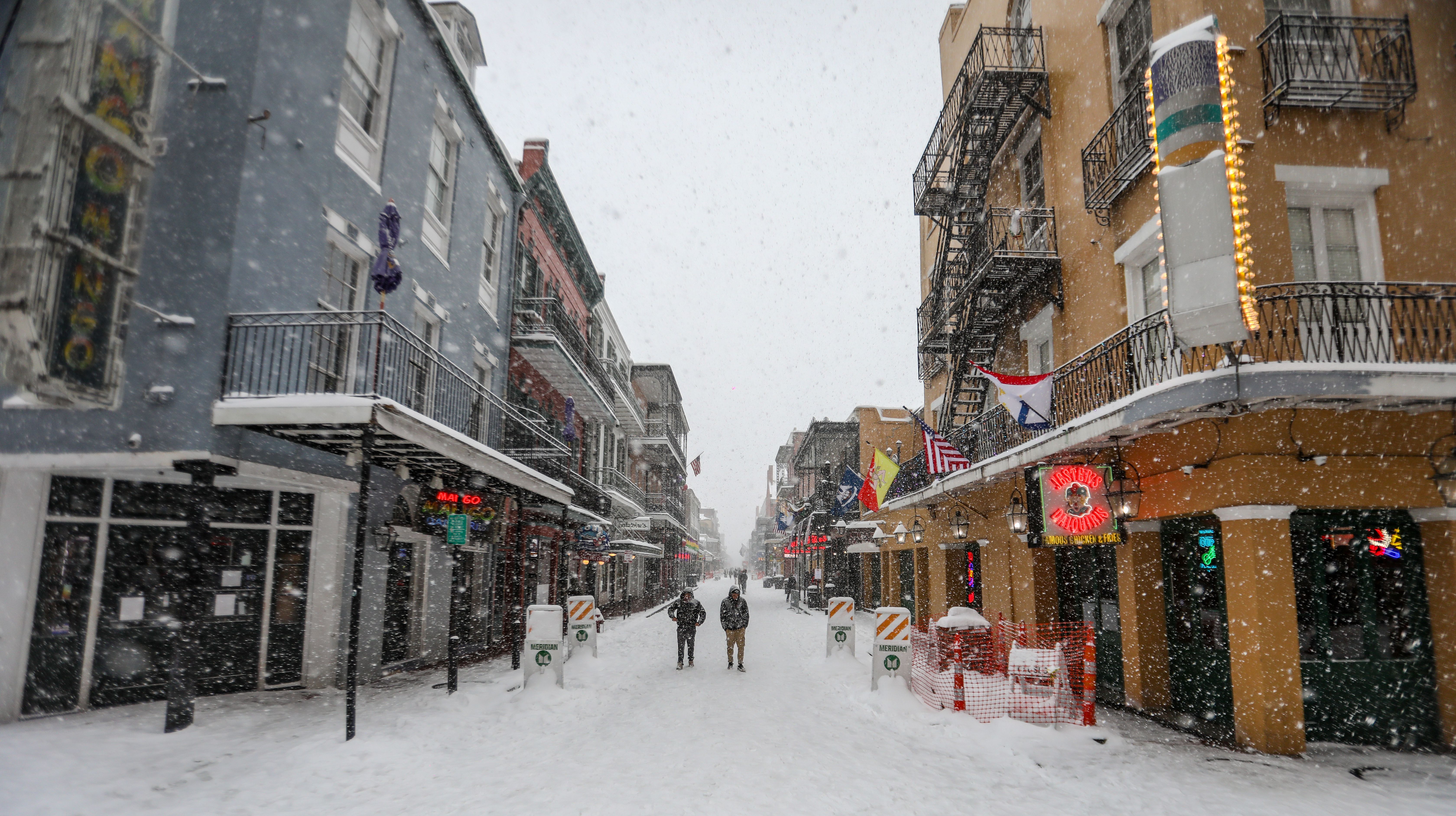Hey team, and welcome back to one5c! I want to start this morning with a quick apology. We had a small glitch in last Thursday’s newsletter that caused a couple of our links to, well, unlink. The biggest bummer is that one of the links was to 350.org’s tool for searching out local climate-action groups. It’s here.
Thank you to those of you who wrote to us to report the issue—and to anyone who’s taken the time to send in a question or comment. Our inbox is always open at editors@one5c.com. We love hearing from y’all, and I promise we do our best to write back whenever we can. —Corinne
WHAT WE’RE INTO THIS WEEK
By Sara Kiley Watson & Tyler Santora

Greenwatch
Don’t trust a chatbot’s climate advice
AI chatbots like ChatGPT, Meta AI, and Google’s Gemini are problematic for the climate in ways both obvious and inconspicuous. A recent report from Global Witness found that these bots (called “generative AI”) tend to wax uncritical when it comes to narratives about fossil fuel companies’ role in the climate crisis. Specifically, they make false equivalence between firms’ halfhearted efforts to address the climate crisis versus their role in perpetuating it. The authors, for instance, asked Meta AI if BP was helping the world reach net zero; it responded “BP is indeed working towards helping the world reach net zero. The company [BP] has set an ambition to become a net zero company by 2050 or sooner, and to help the world get to net zero.” This isn’t wrong, but it is missing a couple bits of important context, most notably that BP has backed away from its climate commitments in favor of, yes, more oil.
Cause for optimism
Solar tops coal in the EU
According to a new report from energy analytics group Ember, solar energy production in the EU overtook coal for the first time, helping drive fossil fuel use to historic lows. Since the bloc inked its European Green Deal in 2019, the push toward renewables has allowed the nations to forgo importing millions of metric tons of coal, avoiding cumulative carbon emissions of about 460 million metric tons and saving the EU (and its energy consumers) about $62 billion (€59 billion) in fossil fuel import costs alone. In relatively optimistic news: New analysis found that renewable energy sources in California provided 100% of the state’s energy demand for at least 10 hours on 98 of 116 days over the summer—a new record.
Report card
Fossil fuel’s favorite misinformation tricks
Fossil fuel companies spend billions on campaigns to sow public doubt about the climate crisis, and a new study released this month in the journal PLOS Climate breaks down their top tricks. The authors analyzed the way that the fossil fuel, plastics, and agrichemicals industries use social media sites like X (née Twitter) and identified patterns of “coordinated messaging” around climate denial (e.g., “it’s not happening”) and delay (e.g., “it’s happening, but there’s nothing we can do”). Many of their moves are blatant, but others can be sneaky: To help ensure you can spot these shady tricks when you see them, Grist broke down the 8 go-to tactics the researchers say fossil fuel companies deploy to try to sway you from behind a screen.
Built environment
How to retrofit a fire-resistant home
The Los Angeles wildfires have damaged or destroyed thousands of houses and act as a stark reminder that human-caused climate change is increasingly endangering highly populated cities and towns. One out of three U.S. homes are in a county with high wildfire risk. But the L.A. fires also showed that where there’s fire, not all homes will burn. Eerie photos show lone structures amid the rubble. This isn’t just luck; it’s fire-resistant design. A range of measures can greatly reduce the risk of a home burning when wildfires roll by—from creating a buffer zone around the foundation with nonflammable materials like gravel to swapping vents for ones that block embers. This one-pager from Community Planning Assistance for Wildfire lists out the changes homeowners can make in order of priority.
MIC-DROP CLIMATE STAT
4.4%
The portion of U.S. electricity used up by data centers in 2023, according to a report from the Lawrence Berkeley National Laboratory. That number could balloon as high as 12% by 2028.
WEATHER REPORT
WHAT SNOW IN NEW ORLEANS HAS TO DO WITH CLIMATE CHANGE
By Sara Kiley Watson

When you think of a winter wonderland, the first thing that jumps to mind probably isn’t a blanket of freshly fallen snow in New Orleans and Houston. Yet, for huge swaths of the Southern United States, last week brought a cold, icy mess. Some 40 million people from Texas to Florida were under a cold weather warning last week—locales usually known for mild winter weather. For some locations along the Texas-Louisiana border, the blast also came with their first-ever blizzard warning. “This is a once-in-a-lifetime event for a lot of these folks down there,” said AccuWeather senior meteorologist Tom Kines.
These kinds of icy situations offer easy opposition to the idea that the planet is heating up due to our dependence on burning fossil fuels and blasting planet-warming gases into the atmosphere. But atmospheric science isn’t that easily explained away. Here’s what we know about climate change and its relationship with the extreme cold freezing the South.
Meet the polar vortex and the jet stream
The main culprit behind this unusually icy cold spell is the polar vortex. According to the National Weather Service, the polar vortex is a large swath of low pressure, cold air that normally rests on the planet’s always-chilly poles. The polar jet stream is a band of strong westerly winds located some 5–9 miles above us in the troposphere. It’s what keeps the polar vortex locked close to the poles, almost like a fence.
But even the best fences wobble. During the Northern Hemisphere’s winter, the polar vortex expands and sends the cold air south with the jet stream, bringing a wintery chill to the Northeast and parts of the Midwest. Essentially, what we’re dealing with now is an unusually big wobble, one that’s bringing unprecedented cold to some of the warmest states in the country.
What’s that got to do with climate change?
One thing that normally keeps the polar jet stream strong and in place is the temperature difference between the Arctic and the midlatitudes. But human-caused climate change is warming the Arctic faster than the rest of the world. An extra-hot Arctic means there isn’t as big of a temperature difference between the pole and the rest of the world, which weakens the polar jet stream. With weakness comes wobbles. In fact, the MIT Climate Portal notes that an increasingly bendy barrier between Arctic and midlatitude air can dip as far south as Mexico and bring icy winds with it.
In many parts of the U.S., total snowfall has decreased since recordkeeping began in the 1930s, and the cold snaps aren’t always as chilling as they were a century ago. That doesn’t mean weird weather events, like Minnesota-like weather in the South, can’t happen. It means that these events are exactly what they seem: weird and unpredictable, which can be deadly, especially in places where wearing a winter coat would typically cause you to break out into a sweat. Global average temperature is supercharging upward, which can lead to entirely different effects for each of the systems that govern weather on Earth.
